Contents
Guide

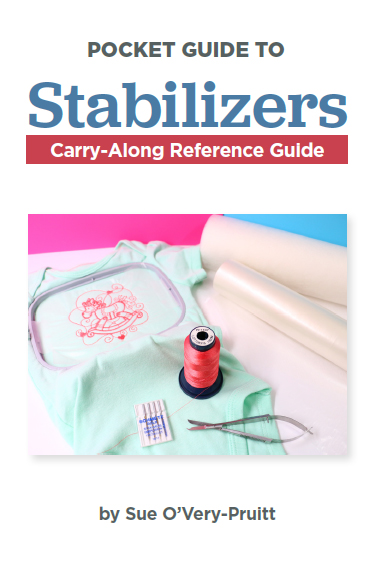
POCKET GUIDE TO STABILIZERS
Landauer Publishing, www.landauerpub.com, is an imprint of Fox Chapel Publishing Company, Inc.
Copyright 2020 by Sue OVery-Pruitt and Fox Chapel Publishing Company, Inc., 903 Square Street, Mount Joy, PA 17552.
All rights reserved. No part of this book may be reproduced, stored in a retrieval system, or transmitted in any form or by any means, electronic, mechanical, photocopying, recording, or otherwise, without the prior written permission of Fox Chapel Publishing, except for the inclusion of brief quotations in an acknowledged review.
Project Team
Editorial Director: Kerry Bogert
Editor: Amy Deputato
Copy Editor: Hayley DeBerard
Designer: Mary Ann Kahn
Photographs by Sue O'Very-Pruitt and Heidi O'Very
Print ISBN 978-1-947163-44-7
eISBN 978-1-607658-17-7
Library of Congress Cataloging-in-Publication Data
Names: O'Very-Pruitt, Sue, author.
Title: Pocket guide to stabilizers / by Sue O'Very-Pruitt.
Description: Mount Joy, PA : Fox Chapel Publishing, 2020. | Includes index.
| Summary: "The author presents an illustrated guide to the different types of stabilizers for embroidery projects, including how to use them, the types of projects for which they work best, and how to handle and store them"-- Provided by publisher.
Identifiers: LCCN 2020027256 (print) | LCCN 2020027257 (ebook) | ISBN 9781947163447 | ISBN 9781607658177 (ebook)
Subjects: LCSH: Embroidery--Equipment and supplies.
Classification: LCC TT777 .O94 2020 (print) | LCC TT777 (ebook) | DDC 746.44--dc23
LC record available at https://lccn.loc.gov/2020027256
LC ebook record available at https://lccn.loc.gov/2020027257
We are always looking for talented authors. To submit an idea, please send a brief inquiry to acquisitions@foxchapelpublishing.com.
This book has been published with the intent to provide accurate and authoritative information in regard to the subject matter within. While every precaution has been taken in the preparation of this book, the author and publisher expressly disclaim any responsibility for any errors, omissions, or adverse effects arising from the use or application of the information contained herein.
Contents
Introduction
What is a stabilizer? A stabilizer is a foundation used in machine embroidery that supports the material during the embroidery stitching process. Stabilizers keep your materials from stretching, puckering, or becoming too stiff. Some stabilizers remain under the stitches of finished projects while others are washed away, cut out, torn away, or even ironed away. Choosing the best stabilizer for the type of material can make or break the finished appearance of the project. To achieve professional results, you must choose not only a suitable embroidery design but also the most appropriate stabilizer. Not every design is intended to be embroidered on
every type of material, so a good rule of thumb is the thinner the material, the less dense the design should be per square inch.
In this pocket guide, I will:
 discuss the basic types of stabilizers, the different kinds within each category, and a limited list of stabilizer brands/ product names for each type
discuss the basic types of stabilizers, the different kinds within each category, and a limited list of stabilizer brands/ product names for each type
 show the uses for each type of stabilizer
show the uses for each type of stabilizer
 offer tips for working with each type of stabilizer
offer tips for working with each type of stabilizer
 break down a list of material types and suggested stabilizers for each
break down a list of material types and suggested stabilizers for each
 recommend hooping methods for the materials and stabilizers
recommend hooping methods for the materials and stabilizers
 cover the basics of thread, needles, and ways to adhere materials to stabilizers
cover the basics of thread, needles, and ways to adhere materials to stabilizers
 present a stabilizer cheat sheet
present a stabilizer cheat sheet
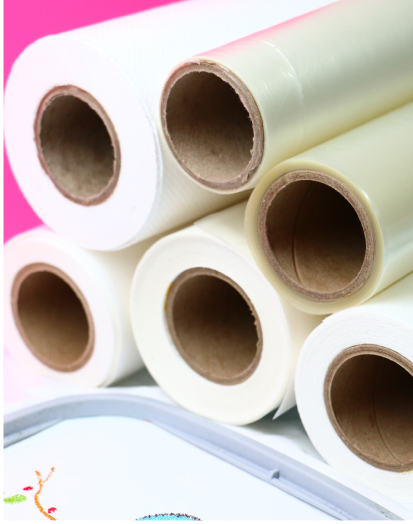
Choose your stabilizer based on the requirements of your project and the materials.
Using This Guide
This pocket guide may be little, but it is packed full of tips and tricks to help you use embroidery stabilizers successfully. At the end of the description of each type of stabilizer, there will be additional tips, best hooping practices, and more. The one tip I include here is to start yourself a stabilizer notebook. Keep track of the stabilizers, designs, needles, and thread used. Pay attention to the brands you really like and where you purchased them. All these notes will come in handy when you least expect it, and you will thank me for it.
This pocket guide is designed to show the basics of which stabilizers to use with which materials in a quick reference manner. The idea is to help you consider your options while shopping for stabilizers, show you how to hoop materials, and instruct you in removing stabilizers after your embroidery is complete. Each section of Guide to Stabilizer Types and Uses (beginning ) is dedicated to a certain type of stabilizer, breaking down the different varieties of that stabilizer and listing a limited number of brands. Many brands offer detailed instructions and excellent education on their websites, so it is a good idea to research their recommendations when using their brands.
Please know that there are numerous possibilities for techniques, stabilizers, materials, and designs. Use this pocket guide as a reference, because not all stabilizers (even if they look alike) are created equal. Testing the stabilizer, material, and design is always the best way to decide on the final combination.

Professional-looking embroidery starts with a good design and the right supplies. Design from Suzy Sailor by Fluff, OESD.
Before You Begin
When you are first learning machine embroidery, the variety of stabilizers may seem overwhelming. You might be wondering, Why are there so many stabilizers, and how do I choose?
There are so many types of stabilizers because there are so many types of materials and embroidery designs, as well as various ways to hoop materials. Some areas of fabric, such as napkin corners and shirt collars, cannot be hooped.
It is a good idea to have a stash of test materials to try out before stitching on your real project. The next time you are at the discount store, grab some napkins, towels, and T-shirts to use for test stitching. Most importantly, enjoy trying new materials, embrace the mistakes, and have fun!
BACKINGS VERSUS TOPPINGS
Before we discuss the various types of stabilizers, it is important to understand where they are applied. There are two options: either on the back of the material (backings) or on top of the material (toppings). Backings are more common, as nearly every embroidery project requires some sort of stabilization. Toppings are usually used in conjunction with backings. Most every type of stabilizer can be used as a backing, while only a few are appropriate as toppings.


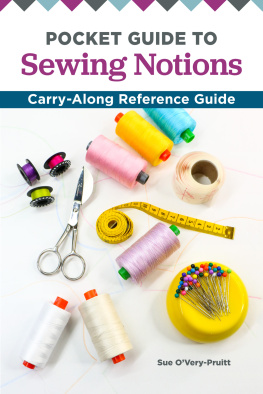

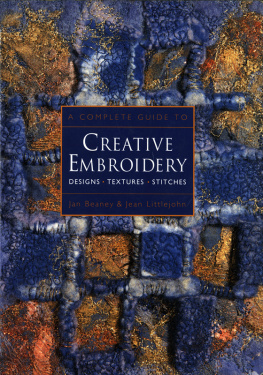
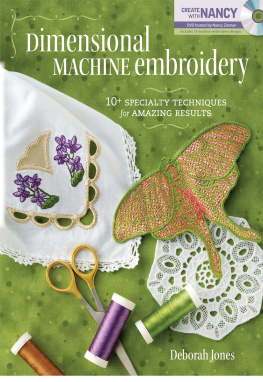


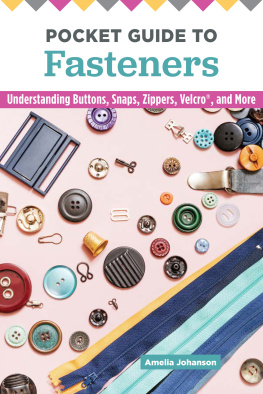
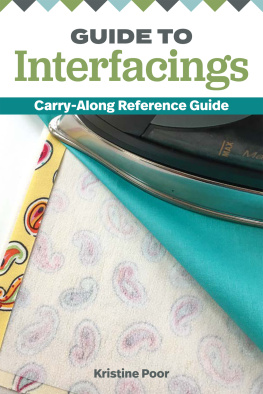




 discuss the basic types of stabilizers, the different kinds within each category, and a limited list of stabilizer brands/ product names for each type
discuss the basic types of stabilizers, the different kinds within each category, and a limited list of stabilizer brands/ product names for each type
